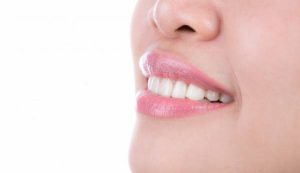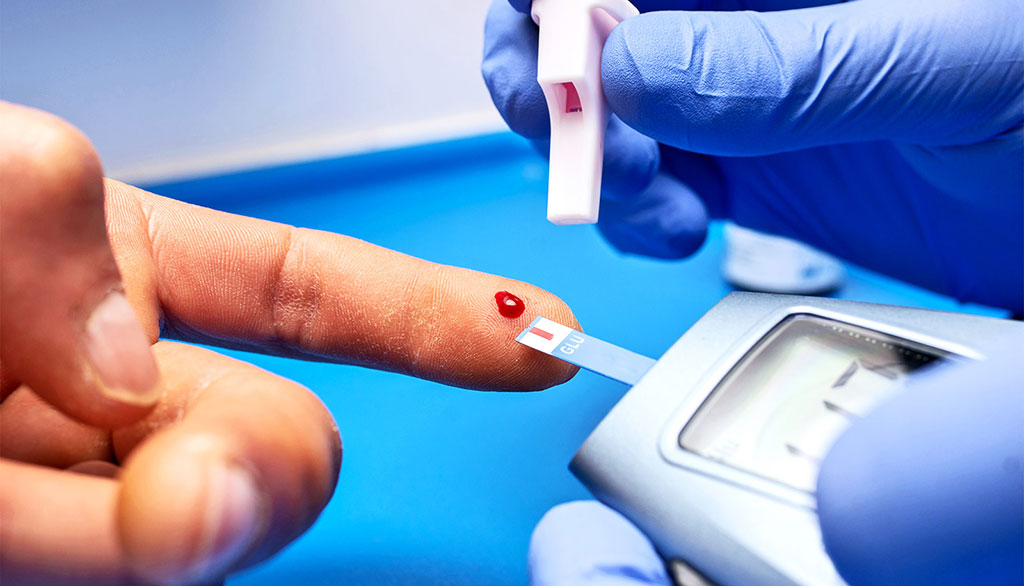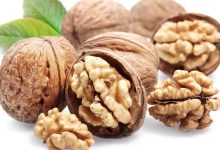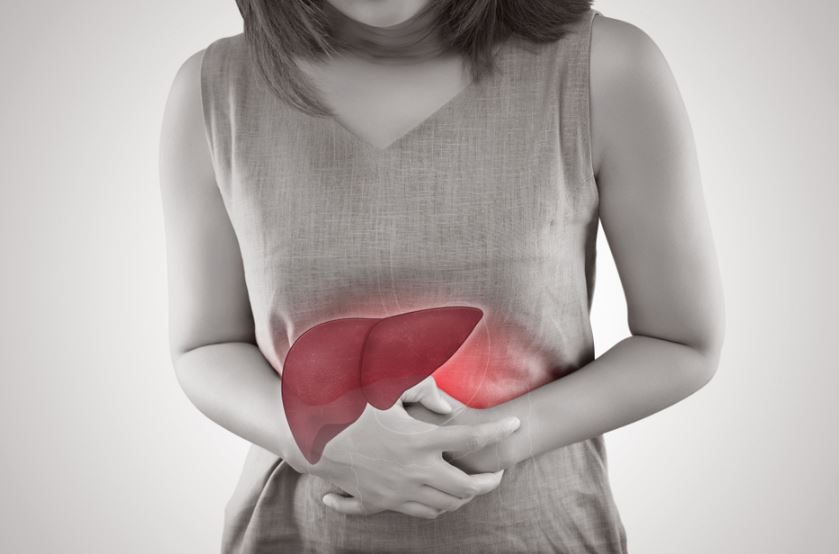Investigate the main cause of dental plaque
how to remove plaque on teeth
Dental plaque is an adhesive coating that forms on the tooth and is called “biomembrane” by scientists because it is a mass of living microbes surrounded by a polymer layer. The adhesive coating helps germs to stick to the teeth and spread.
There is a difference between plaque and tartar. As plaque remains in the mouth, minerals accumulate in the saliva to form a white or yellow substance called tartar.
Fibrillation occurs along the gum line and behind the teeth. Although brushing helps to get rid of them, you should see a dentist get rid of them completely.
How is a plaque diagnosed?
In most cases, the plaque is colorless or pale yellow, and the dentist can see your dental plaque when examining your mouth using a small mirror.
As mentioned, yellow plaque is pale or colorless and may be difficult to see, so oral hygiene and seeing a dentist every six months is essential to ensure dental health, and you can also talk about brushing. Floss and ask your dentist for advice.
Also, use a plaque remover to remove plaque. If you do not want to remove the plaque, you may face various problems such as the following:
Enamel loss: Bacteria produced by acids lower the pH level of the mouth and damage the enamel.
Inflammation: The accumulation of bacteria leads to gingivitis.
Bad breath: Plaque on the teeth impairs oral hygiene and causes bad breath.

What causes plaque, and why is plaque harmful?
When plaque builds up, high-carbohydrate foods (starch and sugar) such as milk, soft drinks, honey, sugar, raisins, ice cream, and whole grains such as chips, cookies, or candy accumulate the teeth producing bacteria in the mouth.
Over time, these acids destroy tooth enamel and cause tooth decay, and plaque can affect and destroy tooth roots.
Location of teeth
Tooth decay is more common in back teeth because they have many grooves. Although these grooves help to chew food, food particles remain on them. The back teeth are more difficult to clean than the front teeth, and as a result, these teeth are more prone to decay and enamel loss due to plaque.
Dry mouth
A lack of saliva causes dry mouth because saliva plays a vital role in preventing tooth decay and removes food and plaque from the surface of the teeth. The minerals in saliva help in the initial repair of tooth decay and also the growth of bacteria. Limits and neutralizes harmful acids inside the teeth.
Loss of gums
When the gums are removed, plaque forms on the root of the tooth, and the root of the tooth is naturally covered with a special coating, but as the gums disappear and the lower dentin softens, this coating disappears.
Eat a few snacks
Eating sugary snacks multiplies the amount of sugar on the teeth and eventually leads to more acid production, leading to tooth decay.

Only brush once a day.
Brushing removes soft plaque, food debris, and bacteria. If we do not brush our teeth, these plaques will not be removed from the tooth surface.
If your teeth get scaly quickly, you should brush them twice a day with a soft toothbrush. Brush the upper and lower teeth separately and avoid brushing the inner teeth.
Do not use toothpaste when brushing.
Some people brush their teeth without toothpaste, but you should know that toothpaste prevents tooth decay. All toothpaste contains silica particles used as abrasives in the formulation and makes it easy to remove plaque. Use fluoride toothpaste to prevent tooth decay. Anti-plaque toothpaste helps get rid of plaque and the bacteria that make it up.
dental floss
Cleaning the space between the teeth after brushing removes plaque from the inaccessible space of the toothbrush, such as between the teeth and under both sides of the gums. Therefore, it is better to clean the space between the teeth with dental floss once a night after brushing. Flossing is essential for people who suffer from gum problems.

Annual visit to the dentist
To check the condition of the teeth, you should see a dentist every year so that the teeth are not in an improper position. Dental Restoration If the amalgam or composite material used to fill the tooth is above or below the tooth surface, it can cause plaque and dental plaque.
Do not do orthodontics if necessary.
You will need orthodontics if your teeth are stacked and improper. Due to the placement of the teeth when brushing, their teeth are not completely cleaned, and dental plaque forms in the areas where the toothbrush does not reach the teeth and the teeth have more mass. Orthodontics prevents tooth decay and plaque.
Drinking fluoride-containing mineral water further protects tooth enamel and reduces the risk of tooth decay: Of course, some types of mineral water contain large amounts of fluoride, so check the label before buying mineral water.
How to prevent plaque formation?
To prevent plaque on your teeth, dentists recommend brushing at least twice a day, using a soft toothbrush, and being careful to place it correctly on the teeth.
Nutritious foods such as yogurt, cheese, raw fruits, and vegetables such as celery help eliminate substances left on the teeth, and saliva produced by consuming these substances helps control the number of acids produced in the mouth.










